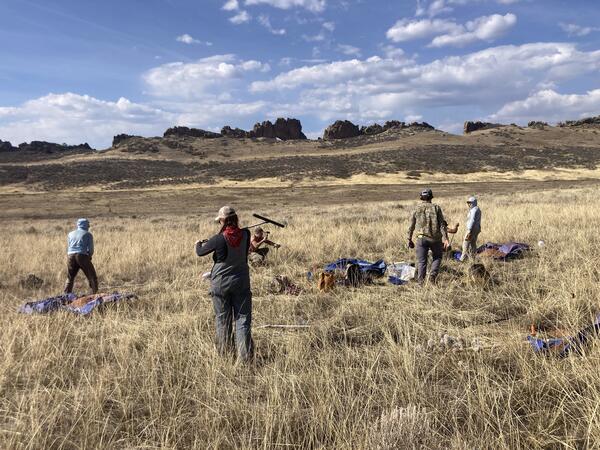These turtles are considered juveniles until they reach about 5 inches long. In this part of their range turtles remain juveniles and usually do not begin to reproduce until they are over ten years old.
Photo taken at Lookout Point Reservoir, Oregon.






















